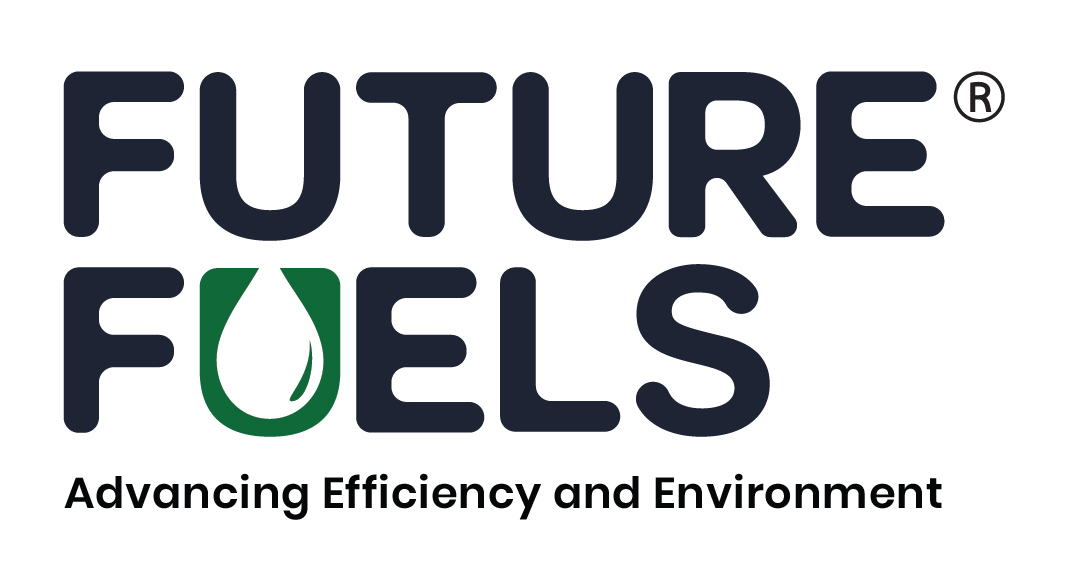The European Union’s Monitoring, Reporting and Verification (EU MRV) dataset for shipping’s European CO2 emissions for the year 2022 has been published, with the data highlighting some significant year-on-year changes from 2021 despite the shipping industry as a whole showing a modest reduction in emissions.
The EU MRV regulation requires all ships exceeding 5,000 gross tons to collect and report data on CO2 emissions released to and from EU and EEA ports and will serve as the basis for shipping’s inclusion in the EU Emissions Trading System (ETS) from 1 January 2024.
Total ETS-applicable emissions for the maritime industry amounted to 83.4 million metric tonnes of CO2 equivalent (tCO2e) in 2022, a modest decrease of 0.22% from 2021. At the current market value of €90 per emissions allowance (EUA), shipping emissions carried a total worth of €7.5 billion for the year.
Taking into account the ETS phase-in period covering 40% of emissions in 2024, 70% in 2025 and 100% in 2026, and utilizing the forward curve in EUAs, our estimates indicate that the shipping industry could be liable for €3.1 billion in 2024, €5.7 billion in 2025 and €8.4 billion in 2026.
The data showed emissions decreases across multiple shipping segments, including tankers, container ships, general cargo ships, reefers, Ro-Ros and chemical tankers. The container sector showed the largest reduction, falling by 8.95% equating to 2.3 million metric tonnes of CO2 equivalent (tCO2e) saved.
However, passenger ships and LNG carriers logged substantial increases. The former scored highest, with a staggering 118% year-on-year rise equating to 2.8 million (tCO2e), the latter recording a 63% increase equating to 2.1 million tCO2e.
It is important to note that the changes in emissions levels are less reflective of improved environmental operations as they are of altered European trade patterns.
Container shipping, for example, experienced a bumper year in 2021 versus a noticeably cooler market in 2022, while LNG carriers saw a dramatic trading shift away from Asia towards Europe as Europe reduced its reliance on pipeline gas in the wake of Russia’s invasion of Ukraine, importing significantly more LNG by sea.
Hecla Emissions Management was established by Wilhelmsen Ship Management (WSM) and Affinity Shipping LLP in 2022 to assist shipping clients with each of the compliance obligations associated with EU ETS participation. This ranges from setting up relevant accounts to management and administration of registry requirements and instant access to buy and sell EUAs. The joint venture has offices in Oslo and London.
WSM has long experience in ship management, counting more than 450 ships in its global portfolio, while Affinity has shipbroking branches on five continents and a dedicated carbon advisory and trading desk that has been active since 2019.
Tags: CO2 Emissions, EUETS, Europe, Shipping



Recent Posts
Robert Allan Ltd. to Design Fully Electric AmpRA 3600 Tug for Tianjin Port
U-Ming Marine Conducts First Bunkering of FAME B24 Biofuel
DNV Validates Electric Hydrogen’s HYPRPlant for Safety, Efficiency and Commercial Readiness
Nepal Eyes Green Hydrogen Future with Policy Push and Hydropower Potential
India Tests First Hydrogen-Powered Rail Coach at ICF Chennai
Scandlines Nears Delivery of Zero Emissions Ferry Following Successful Sea Trials
India faces emission roadblocks with rising net-zero demands
Green Energy Resources invests in two electric Liebherr LHM 550